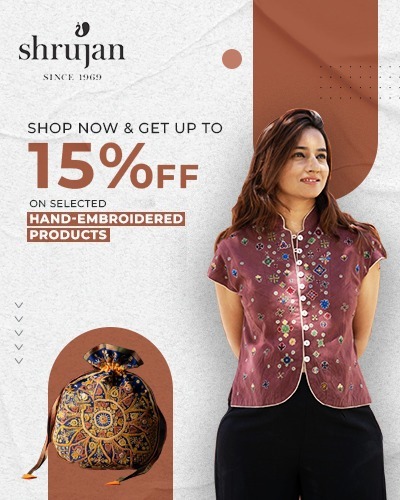Hand embroidery has been practised by women in Kutch as a form of personal expression and used as a symbol of community identity for centuries. Shrujan was among the first to recognize its potential as a practical means to enable craftswomen to earn a home-based, sustainable and dignified livelihood.
Craftswomen who form part of the Shrujan family belong to 12 different communities. Each community has its own traditional style of embroidery, and many communities practise more than one style.
Shrujan craftswomen embroider in more than 50 different styles. They are proud to use the skill in their hands to stand tall on their feet. Their passion for excellence is what makes Shrujan embroidery like no other, anywhere in the world.Craftswomen belonging to 12 different communities across Kutch and nearby Banaskantha contribute their skills to Shrujan. These communities are: Ahir, Meghwaad Gurjar, Rabaari, Mochi, Sodha, Jadeja, Meghwaad Maaru, Jat, Mutva, Haalepotra, Meghwaad Maarwaada, and Raau Node.
Each community has a distinct embroidery style. Many communities practise more than one embroidery style; even different subgroups within a community may have different styles.








